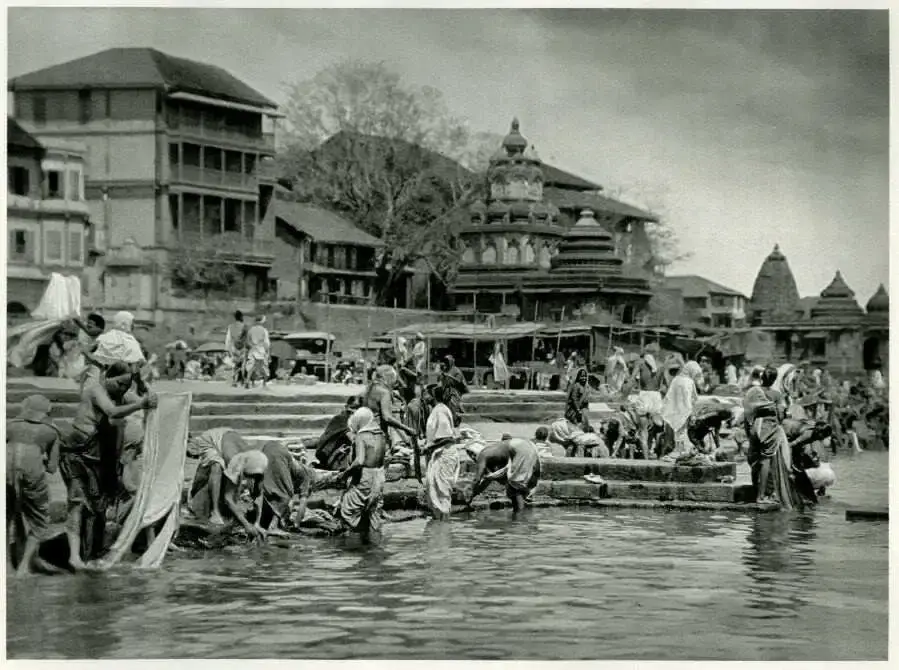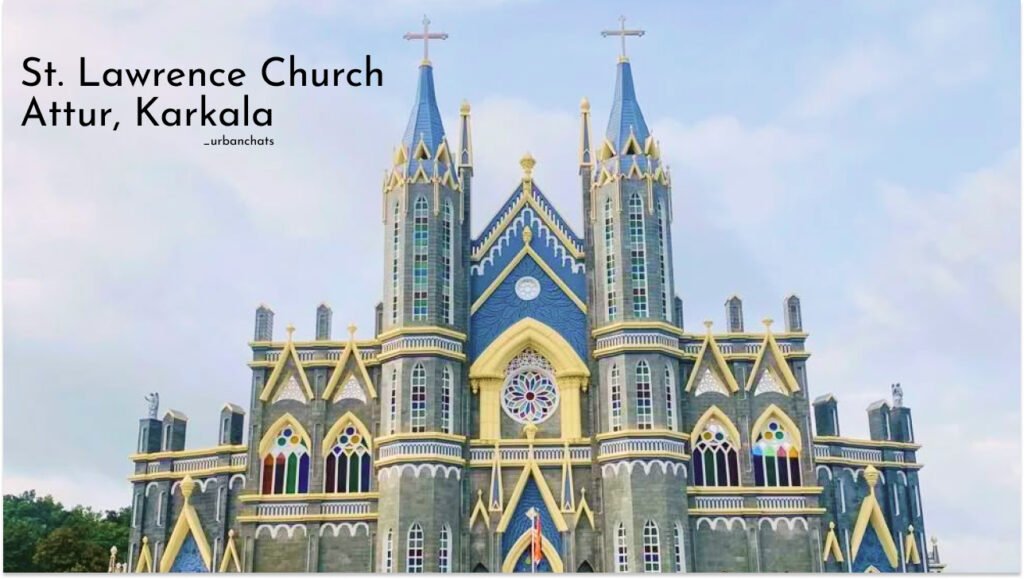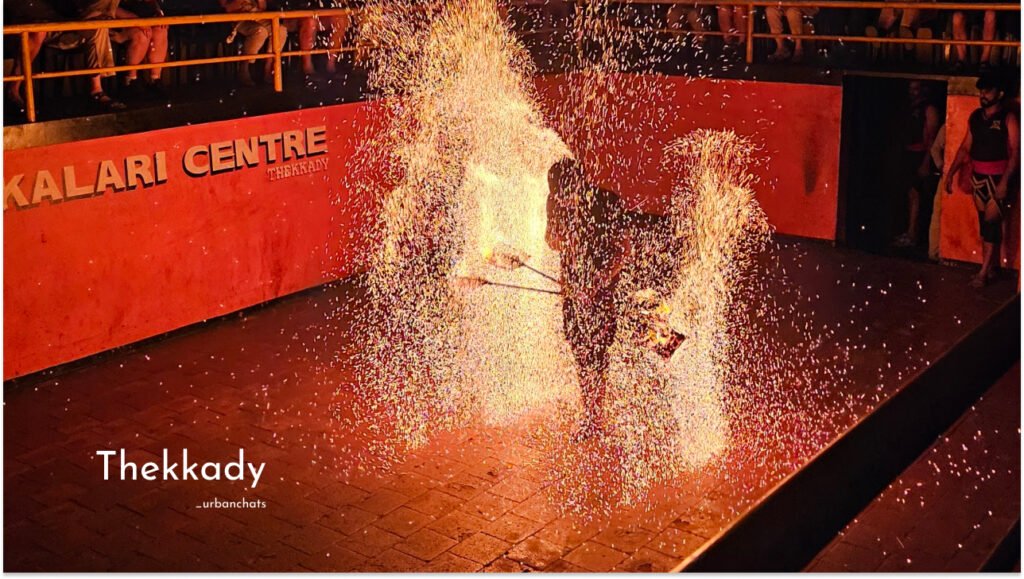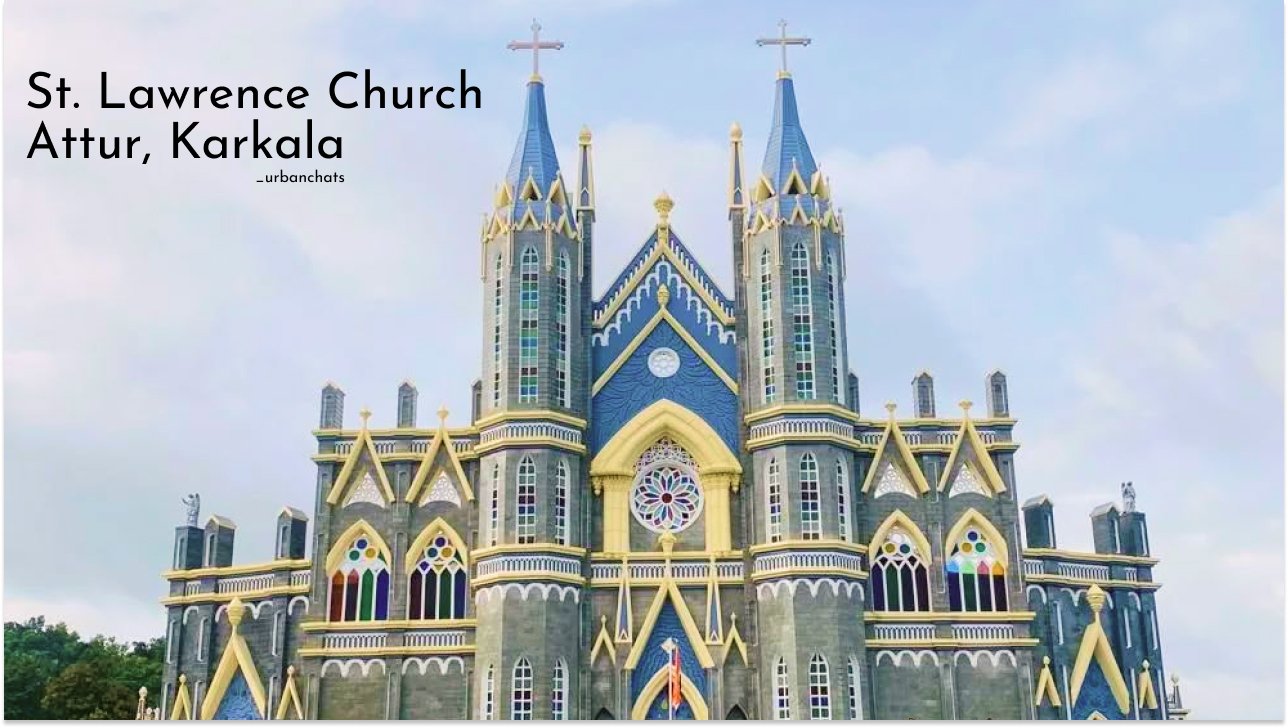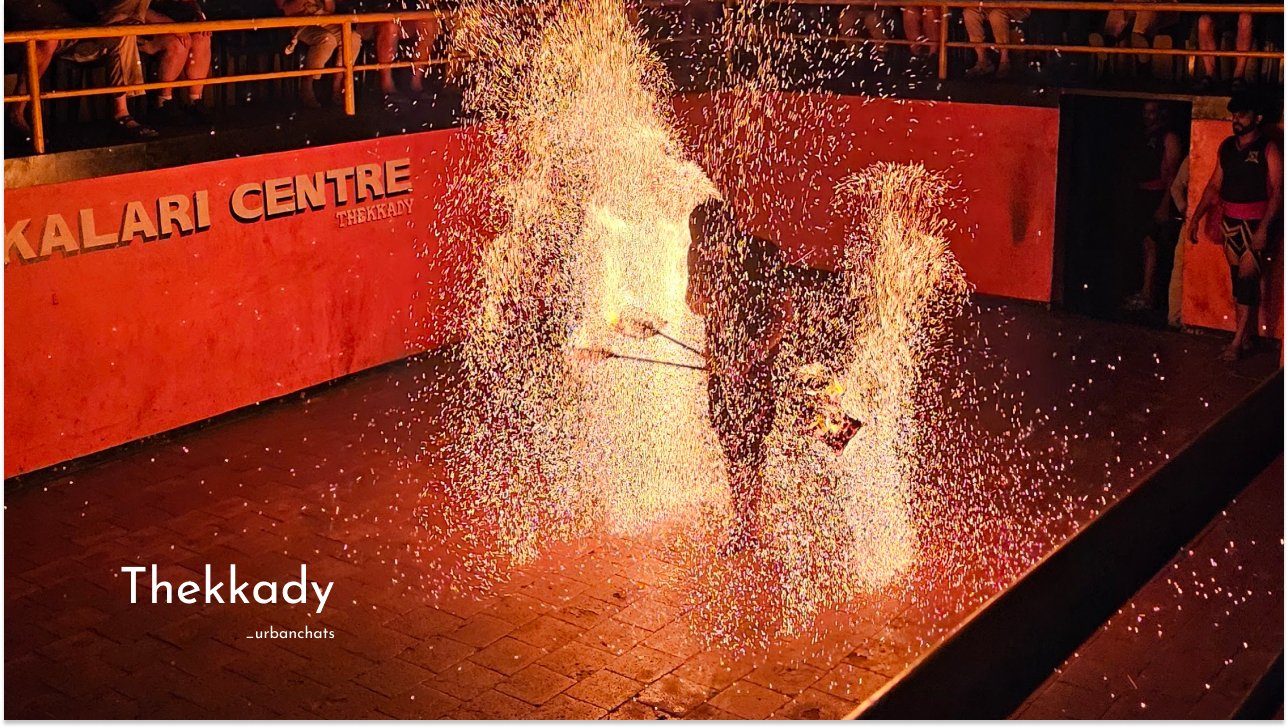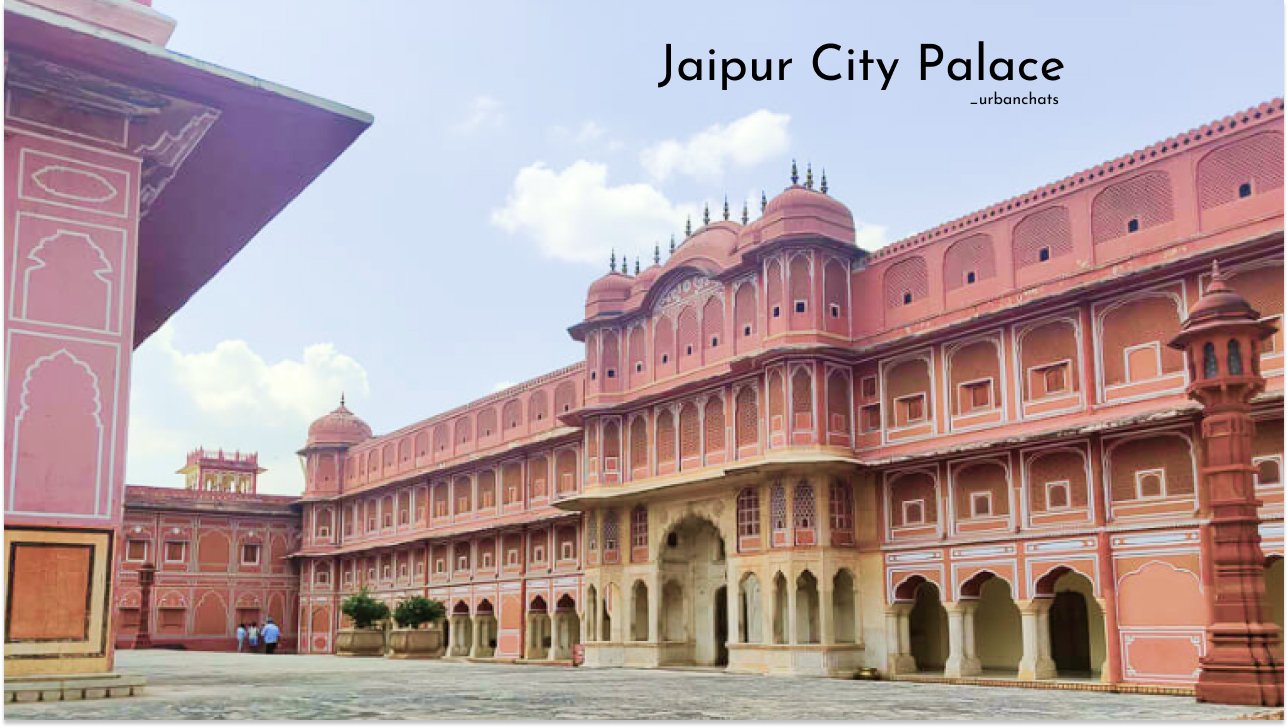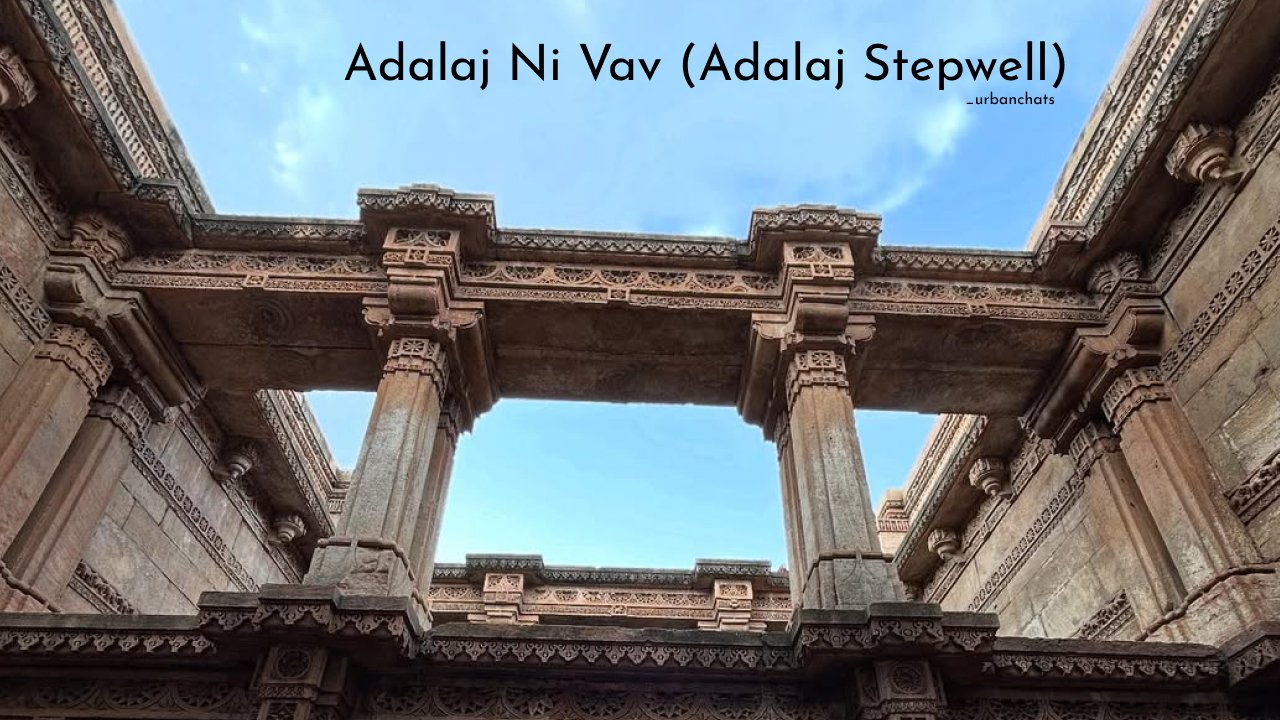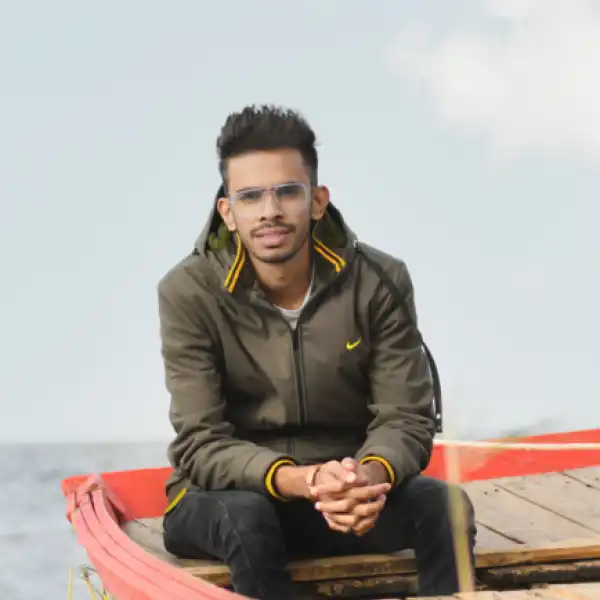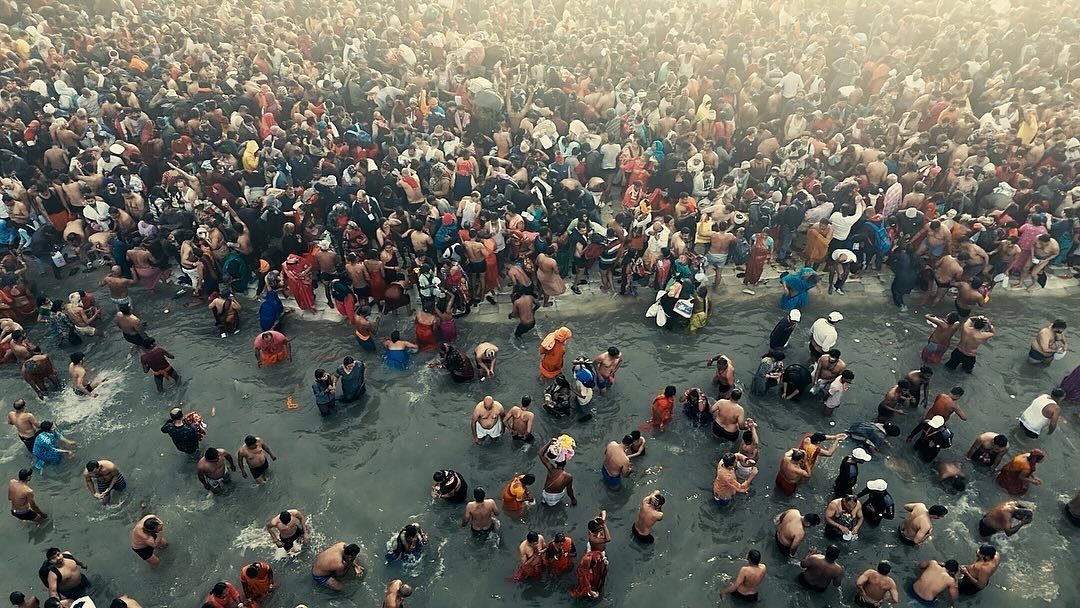Hey, I’m Dhanwant a Nashik guy who’s zipped through this city’s lanes on my Activa, from Panchvati’s banyan shade to Sula’s wine-soaked vines. Welcome to my journey into the Gulshanabad to Nashik transformation a tale of gods, kings, and rebels that’s shaped this Maharashtra gem. Nashik’s not just my home; it’s a time capsule ancient Panchavati, Mughal Gulshanabad, modern wine capital. I’ve felt its pulse at Trimbakeshwar’s dawn aarti, tasted its history in chai near Ramkund, and traced its roots across dynasties. From the Satavahanas’ silk trade to Aurangzeb’s rose obsession, the Gulshanabad to Nashik transformation is epic. Let’s roll through 2500 years Activa humming, history unfolding!
Ancient Nashik: Where Gods Walked
Nashik’s story starts with myths deep, wild ones. Last month, I rode 35 km from CBS to Trimbakeshwar ₹160 fuel, 45 minutes dawn breaking over Brahmagiri Hill. This is where the Godavari begins, where the Kumbh Mela’s nectar fell during the Samudra Manthan. The Ramayana paints Nashik as Panchavati five banyan trees shading Lord Rama, Sita, and Lakshmana during their exile. I parked near Tapovan, sipping chai (₹10), imagining Lakshmana slicing off Surpanakha’s nose nasika in Sanskrit. That’s Nashik’s name origin, etched in lore. The Mahabharata nods too Agasti Rushi meditated here. The Gulshanabad to Nashik transformation? It’s rooted in these tales 2500+ years back, Nashik was divine turf.
Under the Mauryans (300 BCE), Emperor Ashoka swung by. I’ve trekked Pandavleni Caves 8 km from home, ₹20 entry Buddhist chaityas Ashoka’s monks carved into Trivashmi Hill. Nashik was a trade hub then silk, spices, ideas flowing. The Gulshanabad to Nashik transformation hadn’t begun, but Nashik was already a player.
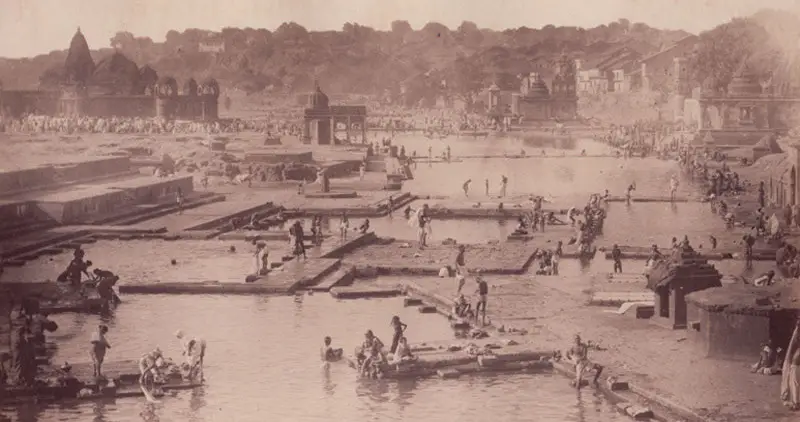
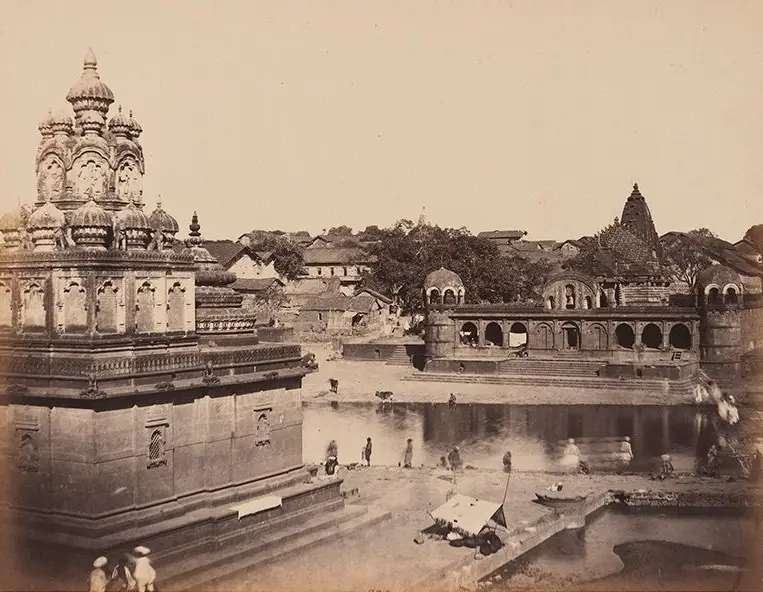
Satavahana Dynasty (207 BCE – 199 CE): Silk and Power
Fast forward to the Satavahanas Nashik’s golden age kicks off. Last weekend, I rode to Naneghat 80 km, ₹200 fuel where Satavahana inscriptions whisper of Simuka, the founder. His brother Krishna dug caves near Nashik for Buddhist monks check Cave 18 at Pandavleni, still standing. Satakarni I followed, his son Vedishri a Deccan lord brave, unbeatable, per the Naneghat script. Nashik boomed silk weavers spun nasichi threads Marco Polo later raved about in 1290 CE. I’ve held Jogal Tembhi’s recast silver coins at the Coin Museum 10,000+ from Gautamiputra Satakarni, who smashed Shaka Kshatrapas like Nahapana. His mom Gautami Balsari bragged in a Nashik cave: “He crushed Kshatriyas, uprooted Shakas.” The Gulshanabad to Nashik transformation was centuries off, but Nashik was a silk-and-sword powerhouse.By 199 CE, the Satavahanas splintered Yajnashri Satakarni’s ship coins hint at sea trade, but the dynasty faded. Nashik’s caves donated by kings for monks still hum with that era’s vibe.
Abhiras to Vishnukundins (220–600 CE): Horses and Hymns
Next, the Abhiras (220–377 CE)horse traders extraordinaire. I’ve chatted with old-timers near Gangapur Dam 16 km ride, ₹140 fuel about horse fairs echoing through time. Nashik was their hub, hooves thundering across Khandesh. The Traikutakas (490 CE) followed, temple-builders leaving faint marks scholars guess at lost shrines near Anjaneri. Then the Vishnukundins (5th–6th century) art lovers penning Sanskrit epics. I’ve felt their ghost in Nashik’s quiet corners, like Someshwar Temple’s banks 6 km, free entry. The Gulshanabad to Nashik transformation was distant, but Nashik simmered with culture.
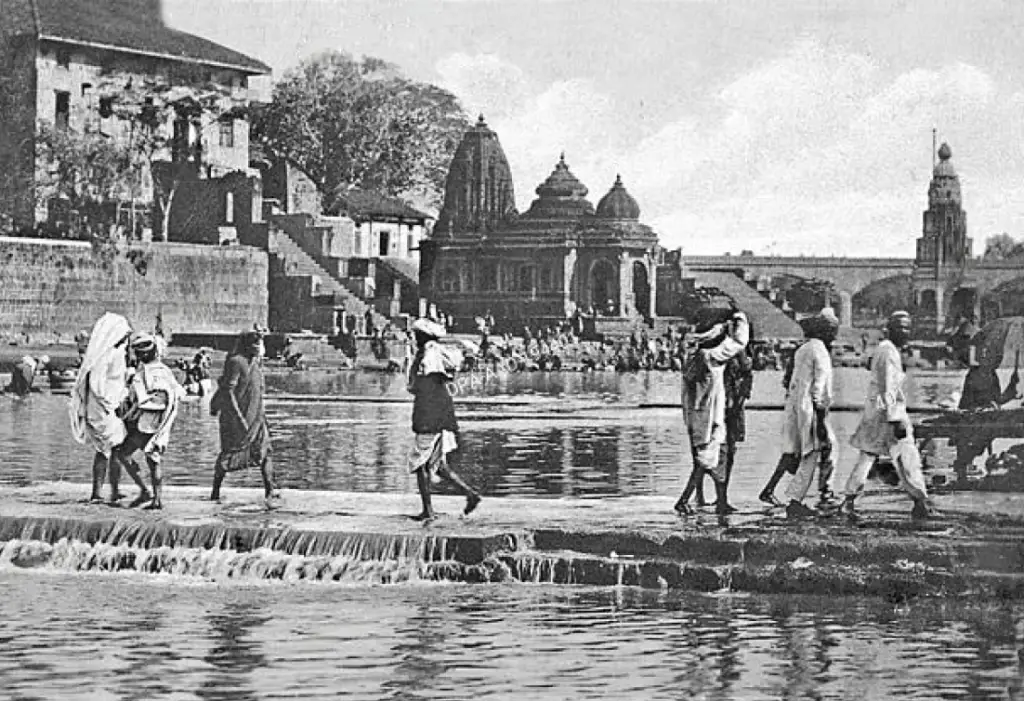
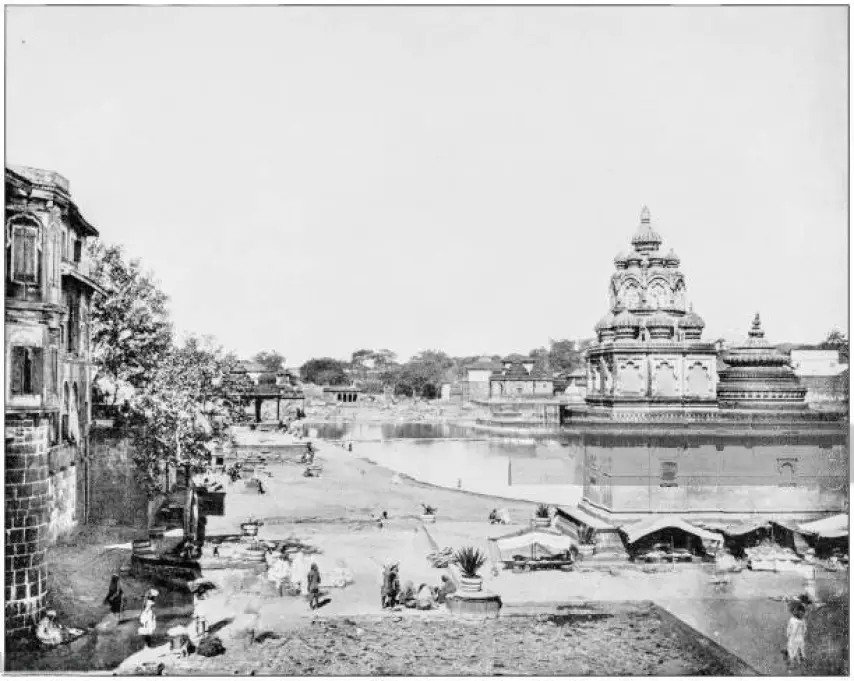
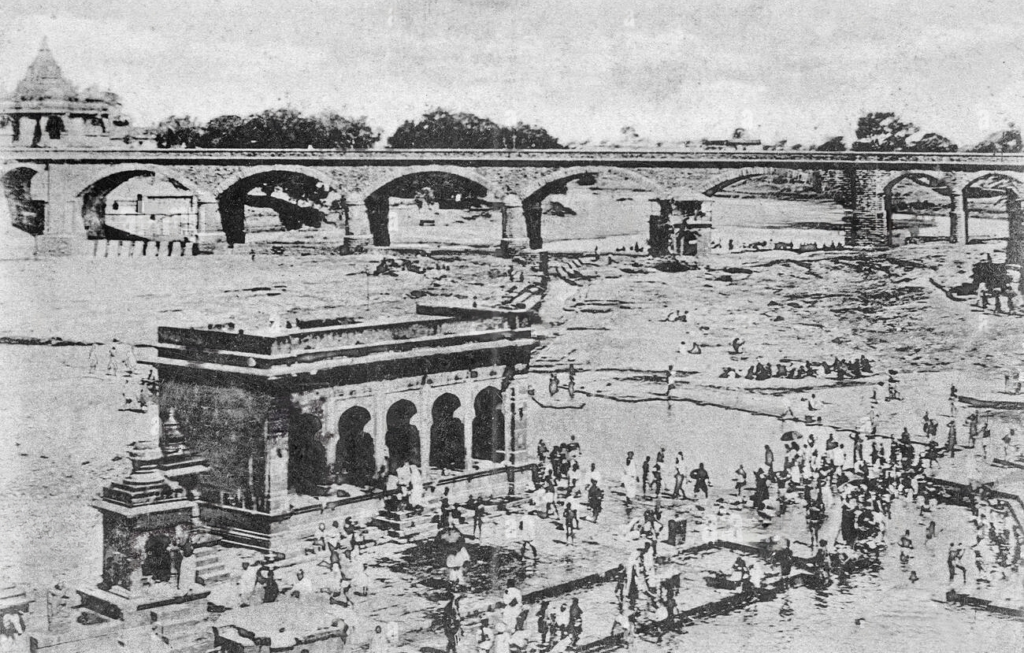
Chalukyas of Badami (543–754 CE): Pulakeshin’s Reign
The Chalukyas of Badami hit in 543 CE Pulakeshin I’s Ashvamedha sacrifice kicked it off. His son Kirtivarman ravaged South India; Mangalesha died in a coup. Pulakeshin II, though, was the star. I’ve traced his grant at Lohaner 40 km ride, ₹200 fuel dated 630 CE, gifting Goviyanaka village to a Brahmin. Chinese pilgrim Hiuen Tsang called him “Lord of Maharashtra,” maybe stopping in Nashik. Scholars peg Nashik as his base its caves, its trade routes. Vikramaditya I’s brother Jayasimha ruled Nashik later his 685 CE plates gifted Dhondhaka (Dhondegaon, 12 miles from me). The Gulshanabad to Nashik transformation? Still brewing, but Nashik glowed under Chalukya might.
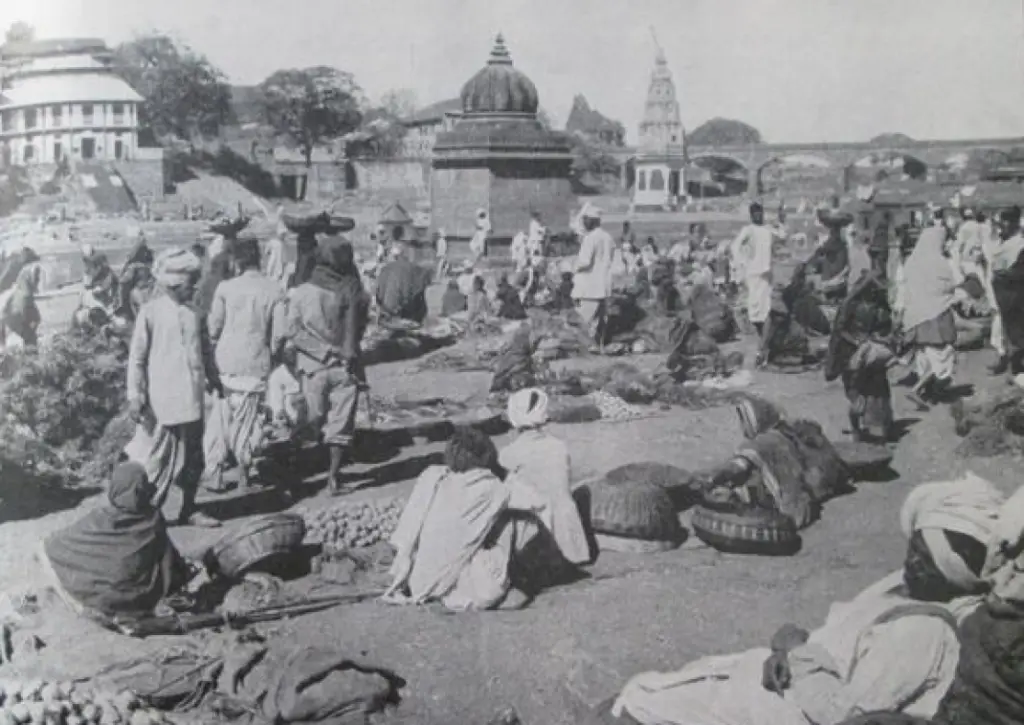
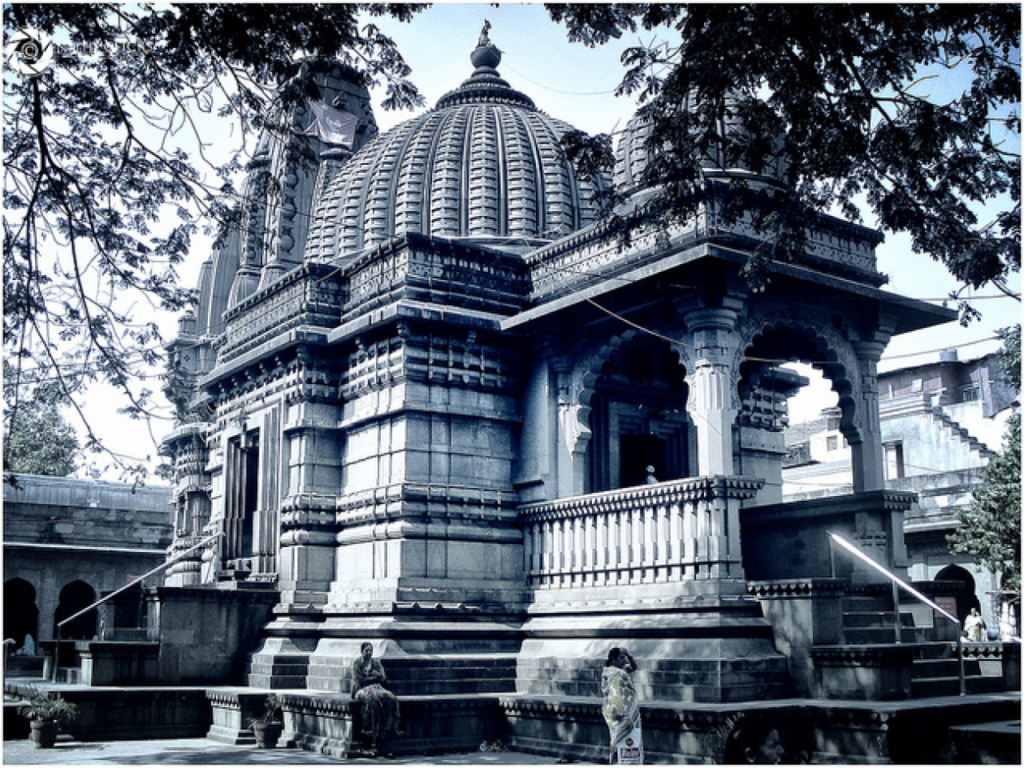
Rashtrakutas (754–950 CE): Ellora’s Echo
The Rashtrakutas snatched Nashik in 754 CE Dantidurga toppling Chalukya Kirtivarman. I’ve stood in Ellora’s Kailasha Temple 175 km, ₹600 fuel carved under their watch. Nashik’s feudal lords, like Bhogashakti from Anjaneri plates (710 CE), bowed to them. Bhogashakti’s grant to merchants at Samagiripattana hints at bustling markets maybe near today’s Saraf Bazar, where I haggle for silver (₹500 earrings last week). The Gulshanabad to Nashik transformation was on the horizon Rashtrakutas made Nashik a Deccan jewel.
Chalukyas to Yadavas (950–1300 CE): Temples Rise
Later Chalukyas (10th–12th century) and Yadavas (12th–14th century) kept Nashik humming. Muktidham’s Jain vibes 7 km ride, free nod to Chalukya art; Someshwar Temple’s Shiva shrine whispers Yadava devotion. I’ve prayed there, Godavari lapping nearby. The Gulshanabad to Nashik transformation neared as medieval Nashik balanced faith and fortitude.
Mughal Era (1615–1734 CE): Gulshanabad Blooms
Enter the Mughals 1615, Kaustubh Shimpi grabs Nashik from Nizamshah, dubbing it Gulshanabad, “City of Roses.” Aurangzeb loved its flowers fresh blooms shipped to him, per lore. I’ve sniffed Nashik’s air near Ramkund floral hints linger. But 1685 saw Aurangzeb raze Trimbakeshwar’s original temple, building a mosque atop it, X posts claim. Marathas like Shahaji Raje (1634) fought back, reclaiming it briefly. By 1719, Shahu collected chauthai tax; 1734, “Nashik” returned. The Gulshanabad to Nashik transformation flipped Mughal roses wilted, Maratha roots dug in.
Maratha Rule (1749–1818): Nashik’s Grit
Marathas owned Nashik by 1749 Holkar’s sway strong. I’ve traced their forts’ ghosts near Anjaneri 30 km, ₹60 fuel rugged and proud. Peshwa Nanasaheb rebuilt Trimbakeshwar in 1754, post-Mughal ruin, restoring its Jyotirlinga glory. The Gulshanabad to Nashik transformation solidified Nashik was Maratha heartland till the British struck in 1818.
British Era (1818–1947): Rails and Rebels
April 19, 1818 Nashik falls to the British after the Third Anglo-Maratha War. They built Nashik Road station (1862), formed the municipality (1864), and carved the district (1869). I’ve ridden past BYK College 5 km, free peek British-founded, still thriving. Freedom burned here Anant Kanhere shot Collector Jackson in 1909 at Vijayanand Theatre (now a ruin, 2 km from me). Dr. Ambedkar’s 1930 Nashik Satyagraha cracked Kalaram Temple’s doors for Dalits I’ve stood there, feeling history’s weight. The Gulshanabad to Nashik transformation morphed colonial grids met rebel fire.
Modern Nashik: Wine and Wings
Post-1947, Nashik roared. Industries bloomed engineering, pharma, grapes. I hit Sula Vineyards last week 15 km, ₹600 tasting Rajeev Samant’s 1999 brainchild made Nashik India’s wine capital (65% of production). Kumbh Mela still draws millions next in 2027, Trimbakeshwar buzzing. The Gulshanabad to Nashik transformation? Complete myth meets modernity, my Activa threading it all.
My Nashik: A Living Saga
Last Sunday, I rode 9 km to Dudhsagar Falls ₹800 fuel monsoon mist on my face, history in my bones. Nashik’s not just Satavahana silk or Mughal roses it’s Trimbakeshwar’s aarti, Sula’s Shiraz, Ambedkar’s fight. The Gulshanabad to Nashik transformation spans 2500 years Panchavati to wine country, my city’s soul shines. Been to Ramkund? Felt the Godavari? Drop your Nashik tale I’m plotting my next ride!
